Choosing the appropriate device as the foundation for your new design can be overwhelming. The need to make the right balance of price, performance, and power consumption has many implications.
However, if a microcontroller (MCU) or microprocessor (MPU) becomes the basis of a platform approach, the decision can have long-lasting consequences. The difference between microprocessors and microcontrollers becomes a critical debate at this point.
Table of Contents
The table below explains the microprocessor and microcontroller difference.
Difference Between Microprocessor and Microcontroller
| Microcontroller | Microprocessor |
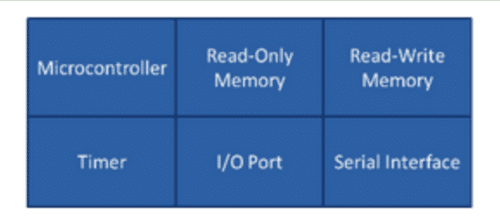 | 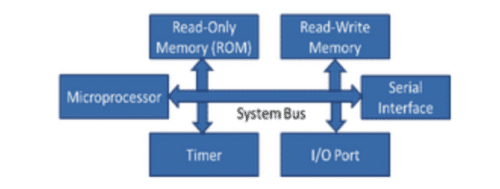 |
|
|
|
|
|
|
|
|
|
|
|
|
|
|
|
|
|
|
|
|
|
|
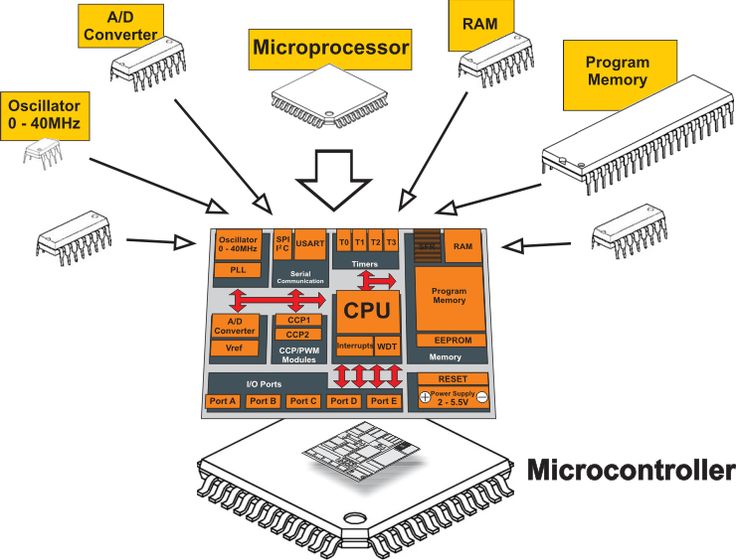
Microprocessor VS Microcontroller: Primary Differences
Typically an MCU uses on-chip embedded Flash memory in which to store and execute its program. Storing the program this way means the MCU has a shorter start-up period and executes code quickly. The only practical limitation to using embedded memory is that the total available memory space is finite.
Most Flash MCU devices available on the market have a maximum of 2 Mbytes of Program memory. This may prove to be a limiting factor, depending on the application.
MPUs do not have memory constraints in the same way. They use external memory to provide program and data storage. The program is typically stored in non-volatile memory, such as NAND or serial Flash.
At start-up, this is loaded into an external DRAM and execution commences. This means the MPU will not be up and running as quickly as an MCU but the amount of DRAM and NVM you can connect to the processor is in the range of hundreds of Mbytes and even Gbytes for NAND.
Another difference is power. By embedding its own power supply, an MCU needs just one single-voltage power rail. By comparison, an MPU requires several different voltage rails for the core, DDR, etc. The developer needs to cater to this with additional power ICs / converters on board.
Microcontroller Vs Microprocessor: Application Perspective
From the application perspective, some aspects of the design specification might drive device selection in particular ways. For example, is the number of peripheral interface channels required more than can be catered for by an MCU?
Or, does the marketing specification stipulate a user interface capability that will not be possible with an MCU because it does not contain enough memory on-chip or has the required performance?
When embarking on the first design and know that it is highly likely there will be many product variations. In that case, a platform-based design approach may be preferred.
This would stipulate more “headroom” in terms of processing power and interface capabilities to accommodate future feature upgrades.
Difference Between Microprocessor and Microcontroller: Connectivity Standpoint
From the connectivity standpoint, most MCU and MPU devices are available, with all the common popular peripheral interfaces. High-speed communication peripherals such as HS USB 2.0, multiple 10/100 Ethernet ports, or Gigabit Ethernet ports are generally only found on MPU.
They are better capable to handle and process large amounts of data. Whether there are enough suitable channels and bandwidth to handle the data traffic is a key question.
Depending on the communication protocols used, the impact on code space using third-party stacks should be checked. Applications demanding high-speed connectivity, especially in combination with using OS-based stacks will require an MPU-based design.
Another key aspect driving the difference between microprocessor and microcontroller selection is the need for a real-time/deterministic behaviour of the application.
Because of the processor core used in an MCU, as well as the embedded flash and considering the software used that is either an RTOS or bare metal C, the MCU will take the lead on this aspect and will address perfectly the most time-critical and deterministic applications.
Difference Between Microcontroller and Microprocessor: Power Consumption
A final point to consider is power consumption. While MPUs have low power modes there are not as many or as low as the ones you would find on a typical MCU. With the external hardware supporting an MPU as an added factor, putting an MPU into a low-power mode might also be slightly more complex.
Also, the actual consumption of an MCU is magnitudes lower than an MPU. In low power mode for example, with SRAM and register retention, you can consider a factor of 10 to 100. This is directly related to the amount of RAM and power required by an operating system to resume operation instantaneously.
The decisions involved in selecting either an MCU or MPU-based approach are many and involve performance, capability, and the BOM budget.
Three key differences between Microcontrollers and Microprocessors
- Integration: Microcontrollers are highly integrated devices that combine a microprocessor core with memory (both program memory and data memory) and various peripherals, such as input/output ports, timers, analogue-to-digital converters, and communication interfaces, all on a single chip. Microprocessors, on the other hand, are standalone processing units that lack built-in memory and peripherals. They require external components for memory and peripheral interfacing.
- Purpose: Microcontrollers are designed for specific embedded applications, where they serve as the main processing unit controlling the system’s functions and interacting with the surrounding environment. They are optimized for low-power operation and real-time tasks. Microprocessors, on the other hand, are more general-purpose processors used in a wide range of computing applications, including personal computers, servers, mobile devices, and more.
- Complexity: Microcontrollers are typically simpler and less powerful than microprocessors. They have lower clock speeds, limited memory capacities, and fewer computational resources. This simplicity makes microcontrollers more cost-effective and suitable for resource-constrained embedded systems. Microprocessors, on the other hand, are more complex and powerful, with higher clock speeds, larger memory capacities, and greater computational capabilities. They are capable of running complex operating systems and handling demanding computational tasks.
It’s worth noting that these differences are not absolute, and there can be variations and overlaps in the capabilities of different microcontrollers and microprocessors based on their specific architectures and implementations.
Selecting One?
Broadly speaking, MCUs tend to be used in cost-optimized solutions that require tight control of BOM and power saving. Functionally rich and high-performance applications employ a scale, larger number of MPUs.
Ultra-low power applications such as remote controls, consumer electronics, and smart meters where the design emphasizes the longevity of battery life and no or little UI interaction find larger use of MCUs.
They are also used where highly deterministic behaviour is needed. MPUs are ideal for OS-based industrial and consumer applications. These might be computed intensively and require multiple high-speed connectivities or a rich UI.
Selecting a vendor offering highly compatible MCU and MPU products where you can easily migrate up and down and maximize software reuse provides the best return on investment over time.
One of the most popular microcontrollers is the 8051 microcontroller.
People Also Ask!
Q: Which is better, a Microprocessor or a Microcontroller?
Ultimately, the choice between a microprocessor and a microcontroller depends on the specific application requirements, including processing power, system complexity, power consumption, cost, flexibility, and development considerations. It is essential to carefully evaluate these factors to determine which option best suits the project’s needs.
Q: Is Raspberry Pi a Microcontroller or Microprocessor?
The Raspberry Pi is a microprocessor-based single-board computer.
Q: Is Arduino a Microcontroller or a Microprocessor?
Arduino is a microcontroller-based development board.
Q: Does every Microcontroller have a Microprocessor?
Yes, every microcontroller includes a microprocessor as its core component. The microprocessor is responsible for executing instructions and performing calculations within the microcontroller. However, it’s important to note that while all microcontrollers have a microprocessor, not all microprocessors are part of a microcontroller. Microprocessors can also be standalone components used in various applications.
Q: What are the Different Applications for Microprocessors and Microcontrollers?
Microprocessor use cases:
1. Personal computers
2. Servers
3. Mobile devices
4. Gaming consoles
5. High-performance computing
Microcontroller use cases:
1. Embedded systems
2. Automotive systems
3. Consumer electronics
4. Medical devices
5. Internet of Things (IoT) devices






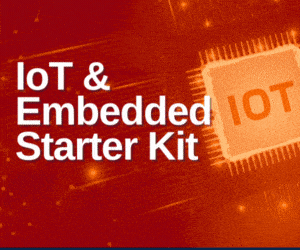

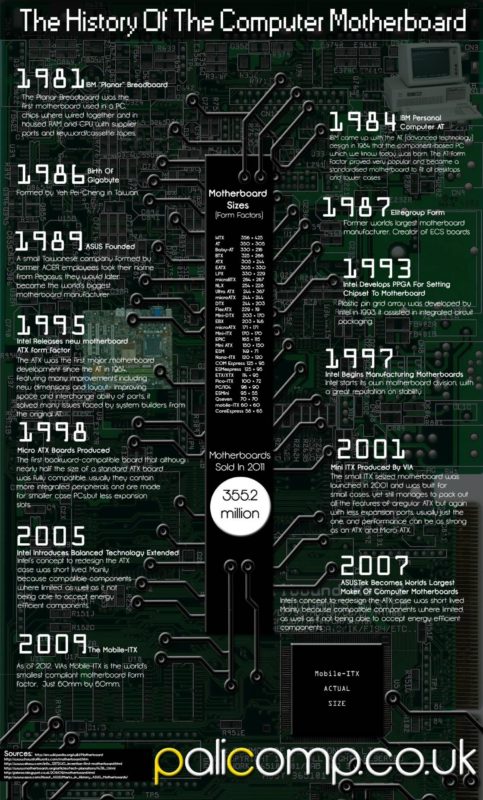

Very useful information! There’s an error in this sentence: “Difference between microprocessor and microprocessor becomes an important debate at this point.”
supper, excellent
thank you for this valuable information , if I have to select which is the best?
Everyone had own merits and demerits but we have to focus on its applications.
Very thanks… .
You are most welcome.
In my point of view, this comparison between microprocessor and microcontroller
is to give us the possibility to choose (optimize) this or that device that, depending on the application.
Very Helpful Information about microprocessor and microcontroller.
Thank you for a nice writing as i like and agree with every word
Thank you for your valuable feedback.
Microprocessor and micro Controller
Kindly elaborate on your query.